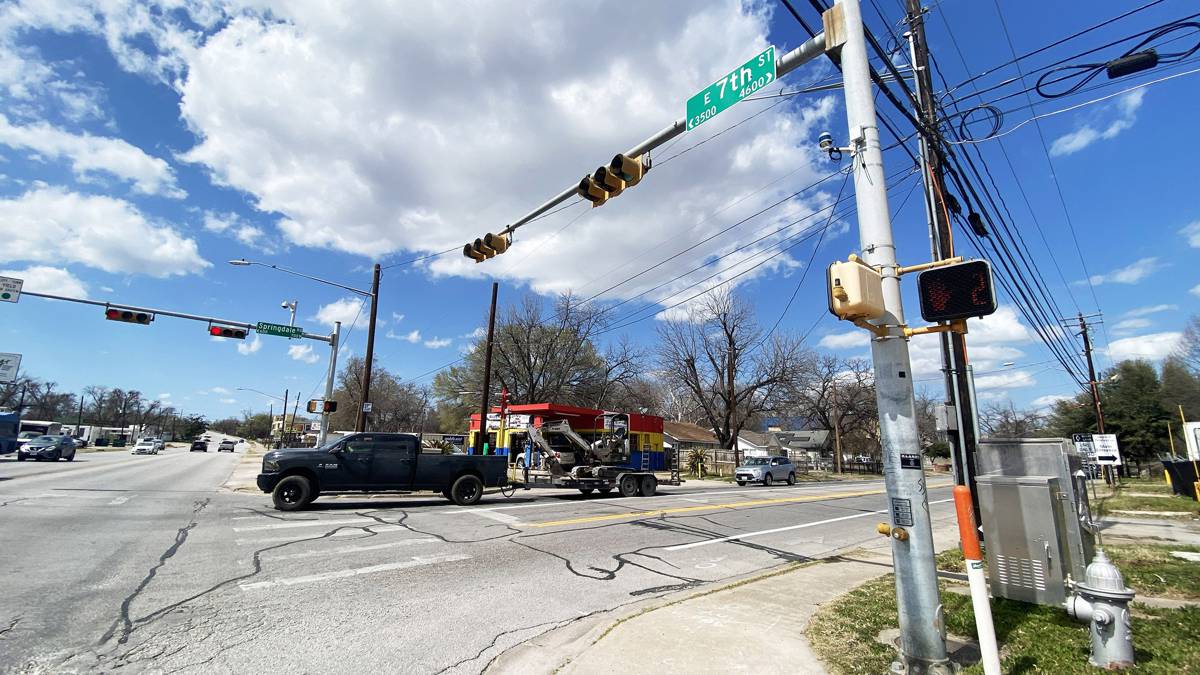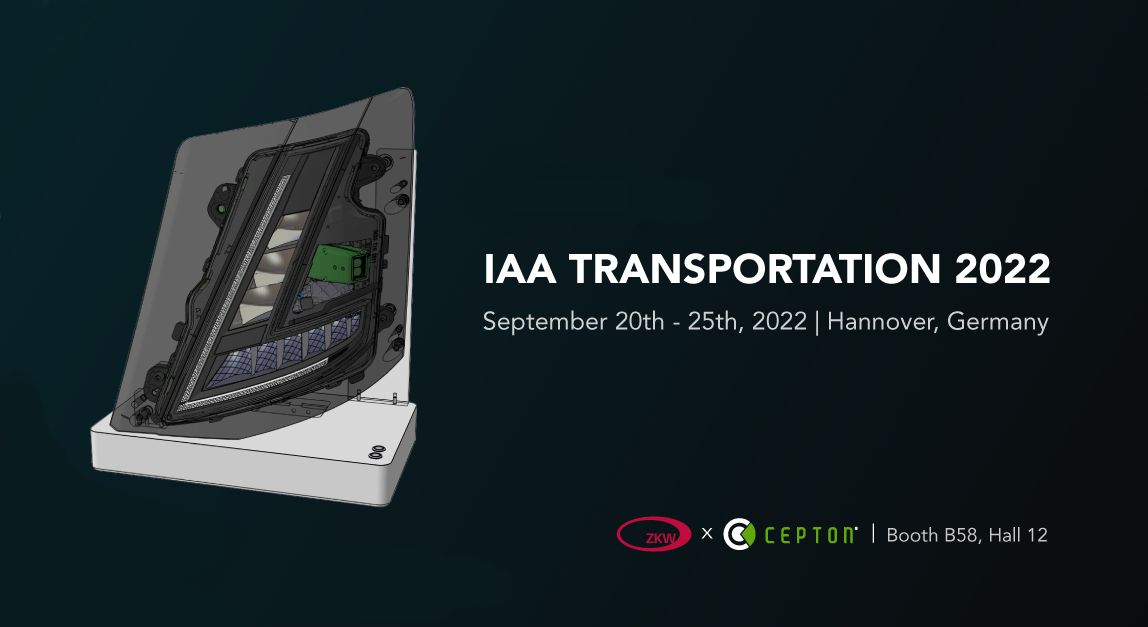Aeva 4D announces LiDAR on the NVIDIA DRIVE Sim platform
Aeva®, a leader in next-generation sensing and perception systems, announced its Aeries™ 4D LiDAR™ sensors are now supported on the NVIDIA DRIVE Sim platform. Aeva’s Frequency Modulated Continuous Wave (FMCW) 4D LiDAR sensors detect 3D position, in addition to instant velocity for each point at distances up to 500 meters, bringing an added dimension to sensing and perception for safe autonomous driving.
NVIDIA DRIVE Sim is an end-to-end platform architected to run large-scale, physically based, multi-sensor, autonomous vehicle simulation to improve developer productivity and accelerate time to market. DRIVE Sim includes a unique and powerful ray-tracing application programming interface that allows developers to accurately model complex sensor technologies by giving them full control of ray firings and hit point returns. This enables modelling advanced physical phenomena to support new perception sensing technologies such as FMCW LiDAR, for any set of requirements, in a well-organized structure.
“With Aeva’s 4D LiDAR integrated, OEMs using the NVIDIA DRIVE Sim platform can accelerate the realization of safe autonomous driving for the next generation of autonomous vehicles,” said James Reuther, Vice President of Technology at Aeva. “Our unique ability to directly detect the instant velocity of each point, in addition to precise 3D position at long range, surpasses the sensing and perception capabilities of legacy sensors. This requires a platform capable of handling our unique LiDAR features, and DRIVE Sim enables just that.”
“DRIVE Sim was designed to accurately model advanced sensors such as 4D LiDARs,” said Zvi Greenstein, general manager of automotive at NVIDIA. “The physics-based and time-accurate simulation allows Aeva and its customers to train perception networks, accelerate development and validate software before deploying to production fleets.”

Developers using DRIVE Sim now have access to Aeva’s 4D LiDAR models to increase their simulation capabilities and streamline testing and development. Aeva sensors enable the next wave of driver assistance and autonomous vehicle capabilities using FMCW technology to deliver sensing and perception capabilities that are not possible with legacy time-of-flight 3D LiDAR sensors, including:
- Instant Velocity Detection: Directly detect velocity for each point in addition to 3D position to perceive where things are and precisely how fast they are moving.
- Ultra Long Range Performance: Detect and track dynamic objects such as oncoming vehicles and other moving objects at distances up to 500 meters.
- Ultra Resolution™: A real-time camera-level image providing up to 20 times the resolution of legacy time of flight LiDAR sensors.
- Road Hazard Detection: Detect small objects on the roadway with greater confidence at up to twice the distance of legacy time-of-flight LiDAR sensors.
- Semantic Segmentation: Real-time segmentation between static and dynamic points enables the detection of roadway markings, drivable regions, vegetation and road barriers.












